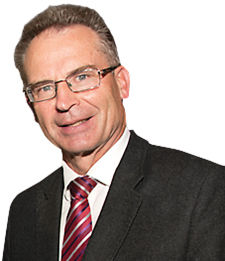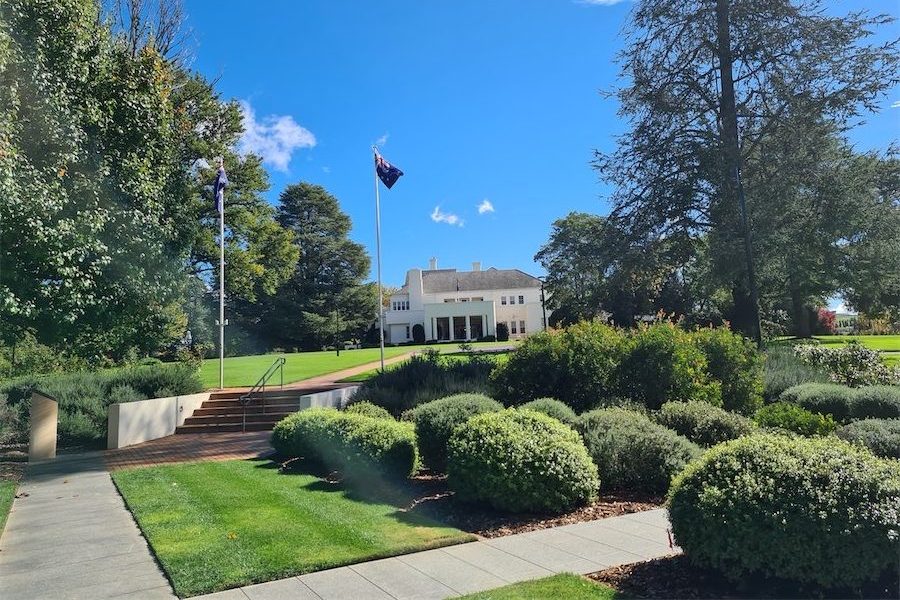
I CONFESS to not being one of those who object to the $500 million upgrade to the Australian War Memorial.

My view has been influenced by the death over the last 125 years of the more than 103,000 Australians who have died from injuries received while on active service in wars fought in our names and in defence of Australia or its interests.
For as long as I can remember, I have believed there is nothing we have done as a nation, in remembrance and acknowledgement of that sacrifice by those men and women, that I felt was excessive.
As is undoubtedly the case for many families, members of both my family and of my wife Robyn’s family were killed on active service in World Wars I and II.
I reflect often about their deaths and that they had, by joining up, knowingly risked their lives.
While I’m a great supporter of the War Memorial, I think it is regrettable that there is not in Canberra, a memorial, in an accessible and visible public space (preferably in Civic), recognising by name and dedicated specifically to the men and women from the ACT, who have served our nation in war.
This is an omission I feel deeply we should address.
As we approach November 11, Armistice Day, I was moved to raise this issue because during a recent holiday in WA, Robyn and I toured through a number of towns every one of which had, in pride of place in the main street, a war memorial.
Each memorial included, invariably beneath the entreaty “Lest We Forget”, the names of all those residents of the town and district who had undertaken active war service on behalf of Australia. Most such memorials also identify those who had died from injuries or been killed in action.
I have an almost lifetime habit, which is patiently endured by Robyn, when we are travelling, of stopping at such memorials and reading, out of respect, the names of all those so memorialised. I did that on this occasion and was again reminded that this is not something one can do in Canberra.

However, last week I visited Hall Village to buy sheep manure. While I was aware the avenue of trees along Victoria Street and beside the sports oval (and which mark the entrance to the village) had a military connection, I was unaware of what that was, so I stopped and walked its length.
I discovered that adjacent to each tree is a brass plaque each bearing the name of one person and the initials AIF.
The names are: Brown M, Blundell A, Boreham E, Clark KA (DCM), Carney PJ, Crace EG, Hall S, Hollingsworth C, Kilby KK, Kilby AC, Miller S, Rolfe J, Southwell F, Southwell A, Southwell N, and Thoms W.
My interest having been piqued, I visited the Hall School Museum and Heritage Centre with a view to learning more. The museum, perhaps unsurprisingly, has produced two wonderful booklets titled “When Hall Answered the Call” and “Armistice and After”, which chronicle the role residents of Hall and the Hall district played in World War I and to a lesser extent in World War II.
On reading “When Hall Answered the Call”, I learned that of the men honoured in the avenue of trees two, namely Clyde Hollingsworth and Morley Brown were killed in action in France. Clyde was killed in May 1917 in the Second Battle of Bullecourt and is buried in an unmarked grave in Queant Cemetery and Morley Brown was killed on April 4 1918 during a German advance on Villers-Bretonneux, and is buried at Namps-au-Val.
Incidentally, at the head of this memorial avenue is one of the most magnificent trees you will find in Canberra. Fascinatingly, the trees for the grove were provided, personally, by Charles Weston who had only recently been appointed as the newly established ACT’s afforestation officer.
While the Hall villagers had asked Weston for 16 trees, one for each man on the Hall Roll of Honour, he provided an additional tree to be planted in memory of one of his forestry staff, Mack Southwell, who had also enlisted in the AIF and was killed at Flers in 1916.
My education also involved an introduction to the Hall Village Peace Tree. It is a juniper pine tree, and it was planted 104 years ago, on July 19 1919, a day designated across Australia as Peace Day.
It was planted by Mrs Susan Hollingworth whose son Clyde was, as I mentioned above, killed in France. The tree is in the Hall school grounds. It is, I think, perhaps one of the most precious things in the ACT and I blush that I did not know, until a week ago of its existence.

Who can be trusted?
In a world of spin and confusion, there’s never been a more important time to support independent journalism in Canberra.
If you trust our work online and want to enforce the power of independent voices, I invite you to make a small contribution.
Every dollar of support is invested back into our journalism to help keep citynews.com.au strong and free.
Thank you,
Ian Meikle, editor




Leave a Reply